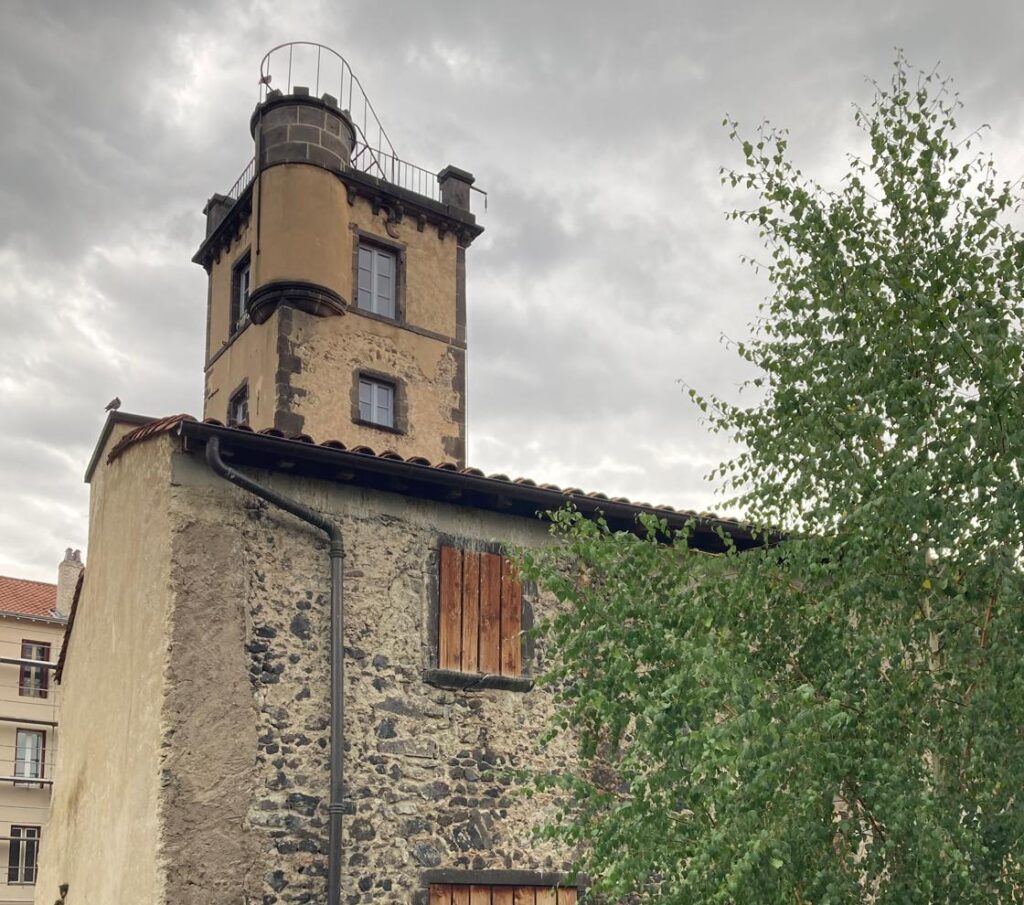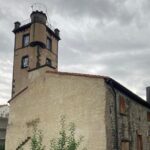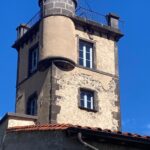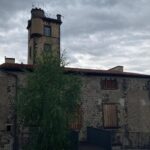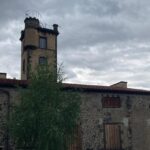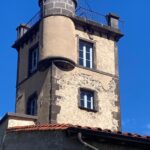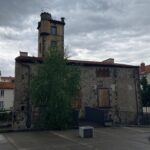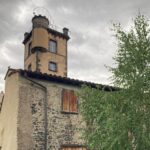From underground tunnels to hidden rivers, Clermont-Ferrand is a city with its fair share of secrets. Yet, for reasons that haven’t been made entirely clear to me, some of the most interesting spaces in the city remain — for the most part — off-limits to the public. To illustrate my point, I’d wager a guess that 99% of tourists aren’t aware that there is a “castle” near the city centre. Neglected but not beyond repair, it stands somewhat melancholically on a concrete, sparsely-foliaged square, straddled between residential buildings.
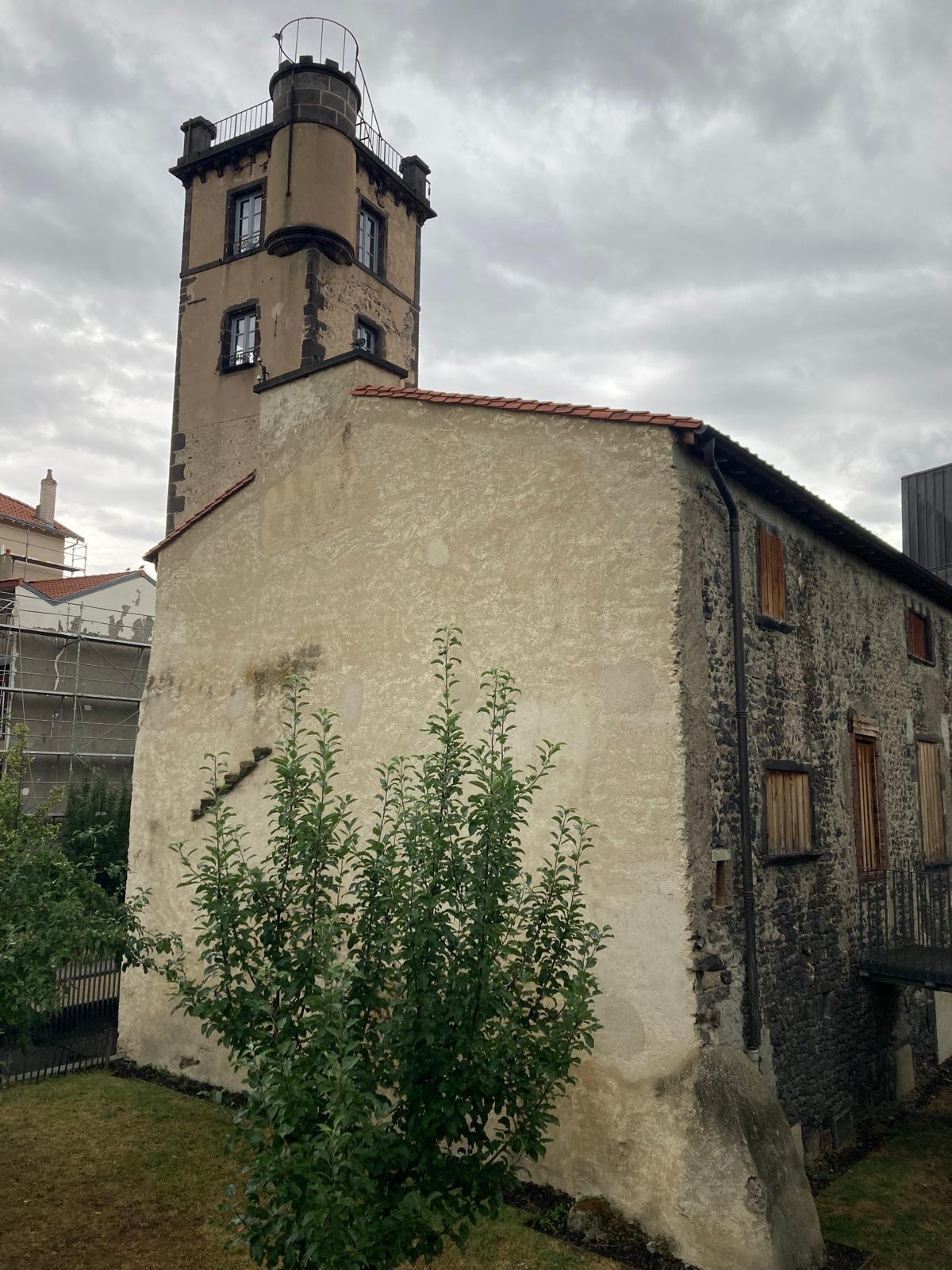
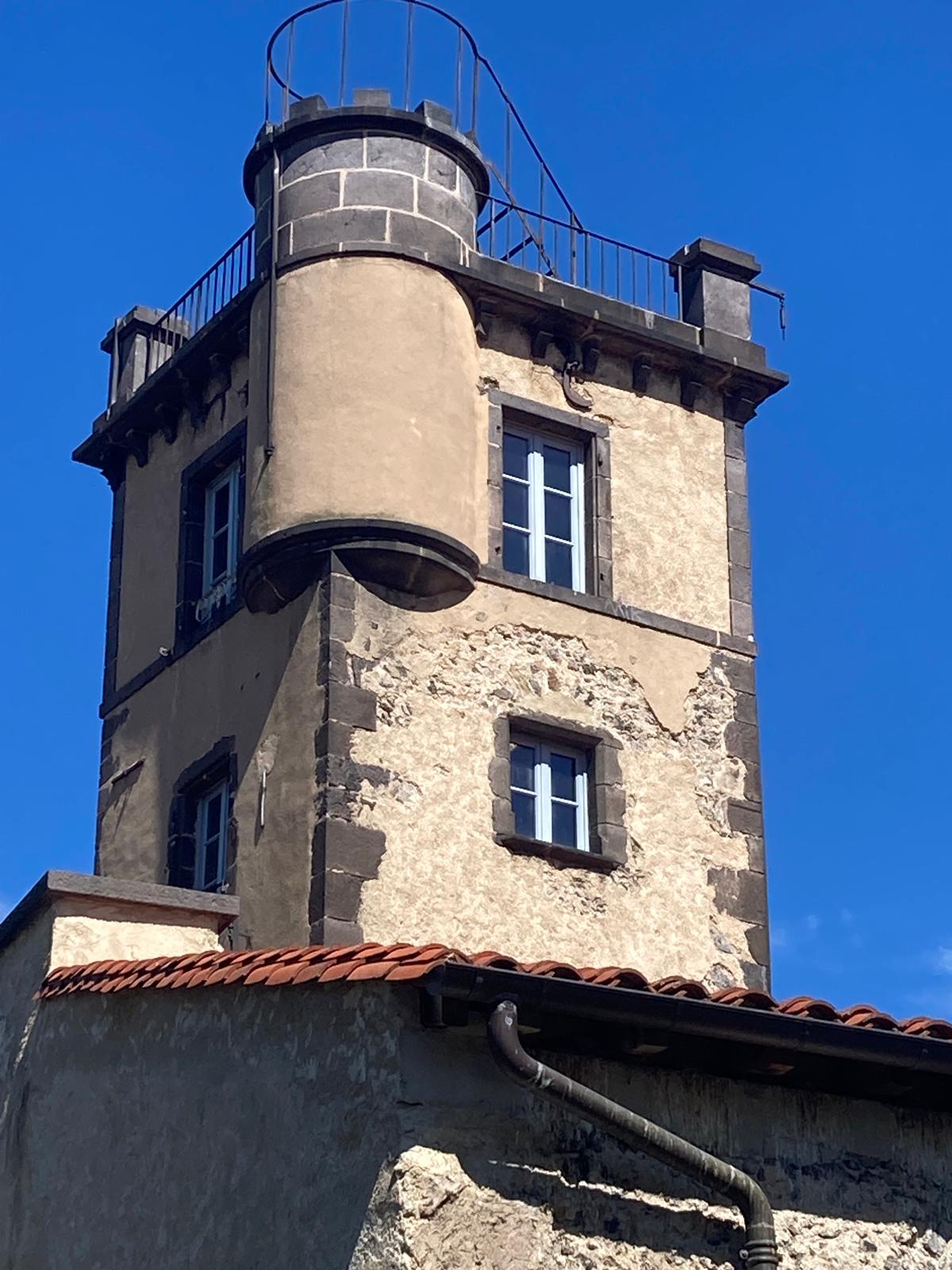
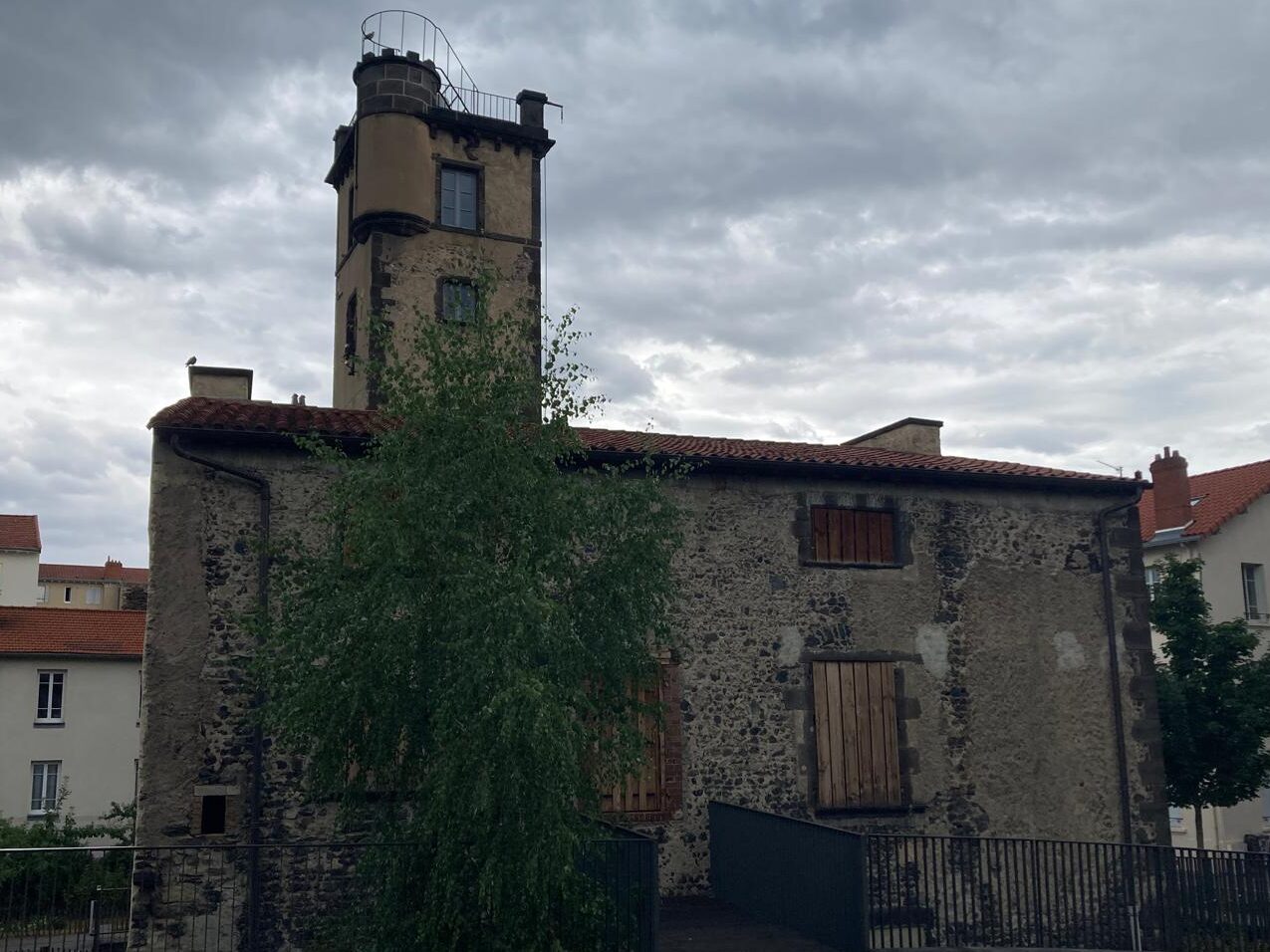
Château de Rabanesse — the last castle of Clermont — isn’t a random, bourgeoisie, hôtel particulier. In ages past it had a major scientific function, serving as a research and support facility for the puy de Dôme observatory, Europe’s first mountain weather station.
Constructed as a private manor in the Middle Ages, Rabanesse passed through the hands of several noble owners over the centuries, with each modifying its structure according to their respective tastes. Finally, in the latter half of the 19th century, the building came under the management of the Faculty of Sciences at the University of Clermont-Ferrand.

Symons’s Monthly Meteorological Magazine (March 1881)
When construction finished on the puy de Dôme weather station in the 1870s, workers installed a telegraphic line between the two sites, enabling meteorologists at the summit to transfer data directly from the heavens to the plains below. Scientists at Rabanesse then sent the data to their peers in Paris. Unlike the observatory on the summit, which was frequently battered by high-speed winds and snowstorms, Rabanesse was the perfect research centre, both cozy and a little off-campus.
A report appearing on 10 January 1878 in La Gazette des Eaux described the Rabanesse station as follows:
“The house’s staircase is located in a square tower, topped by a terrace that is 20 meters above the ground. Two rooms, one above the other, were built there. The upper room serves as the workspace for the assistant physicist, who can see the mountain from there and communicate with the summit station via the telegraph at hand. The recording devices are placed in the room below. Other instruments are arranged under a shelter in the meadow. Tri-hourly observations are regularly conducted there from six in the morning to nine in the evening, starting from January 1, 1874; the previous year, these observations were made in the Academy’s garden. Finally, a photography workshop has been set up to photograph the clouds.”
Rabanesse eventually fell out of use in the early 1900s, and though it now belongs to the municipality of Clermont, no one seems to know what to do with it. Local activists briefly took control of it in 2020, but since then it’s been completely ignored, an intriguing ruin just waiting to be given a new life.
Personally, I’d like to see Rabanesse become a museum of some kind. Maybe even an exhibition or events centre. Perhaps students at the Clermont-Ferrand School of Art (which literally sits across from it) might have some ideas? City life is always in flux, which means bulldozers — political and commercial — are always nearby, hungrily circling historic buildings like sharks. Let us hope the last castle of Clermont does not become their next prey.



